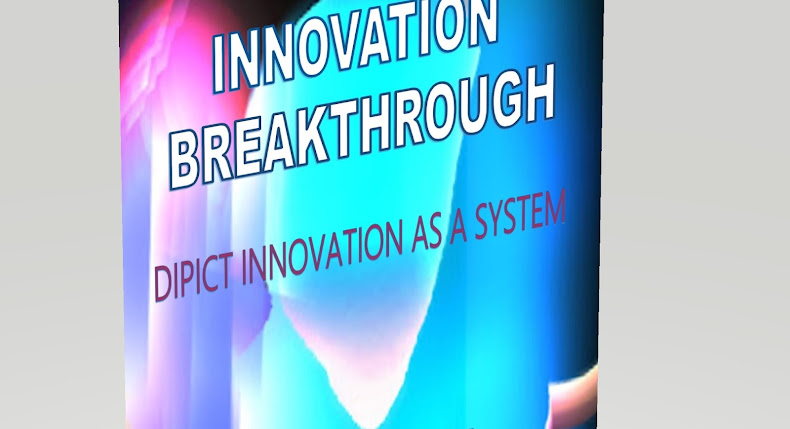
Recognizing and understanding the underlying assumptions and cultural patterns is crucial for successfully navigating transformative changes.Human beings, unlike other species, have the capacity to think systematically and creatively about techniques, allowing them to innovate and modify their environment significantly. This process is not just about survival or production but also involves cultural and artistic creativity. The phrase "enigmatic...



















































